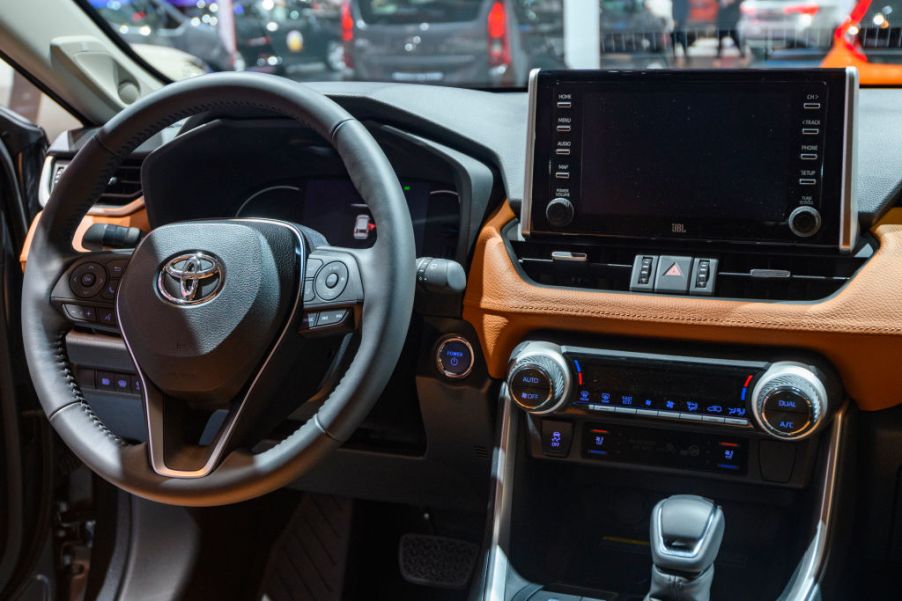
Why You Should Know the Difference Between Outside Air and Inside Air for Your Car’s A/C
If you’ve ever looked at your dashboard and wondered about the purpose of the air recirculation button among your A/C controls, you’re not alone. This feature is something that continues to confuse many drivers, but using it properly actually has a huge number of benefits. Here’s what you should know about the difference between inside and outside air so that you can get the most out of your A/C.
Why does it matter for your A/C?
The air recirculation button is fairly straightforward — when pressed, it begins cycling air from inside the car through the air conditioning system rather than pulling air from outside. It is designed largely for use during hot summer months. When used in conjunction with the A/C, inside air can actually help you save gas and keep your car cooler with less effort. Knowing when to make use of air recirculation can also protect you from pollutants and keep unpleasant smells out of your car.
However, inside air shouldn’t be used all year long — and outside air has its own benefits. So when exactly should you recirculate your air?
When to use inside air
Inside air is best used when the outside air is hot. To make the most efficient use of this feature, you should wait until your car is at its desired coolness before you begin recirculating the air. This is because when you first get into your car in the summer, the internal air temperature will be hotter than the external air, so recirculation will force the A/C to work harder to bring the temperature down.
Once your car is cool enough, however, turning on air recirculation can actually improve your fuel economy. It eases the strain on your air conditioner by simply cycling the already-cooled air, rather than pulling the hot air from outside and cooling it down.
Additionally, the recirculation button can actually protect you from pollution. A study from USC’s Keck School of Medicine showed that making use of air recirculation cut pollution inside a typical car down to 20 percent of outside levels. Cars driving through polluted areas without using inside air, on the other hand, pulled in 80 percent of outside pollution even when the windows were rolled up.
Inside air does have a few downsides, though. It can cause the cabin to get a little stuffy as carbon dioxide builds up, especially if multiple people are in the car. According to the LA Times, turning recirculation off for about two minutes a few times an hour helps prevent this problem.
You should also avoid using air recirculation in the winter. Any time the heater is on, inside air can cause a moisture buildup and foggy windows. This is when outside air comes in handy.
When to use outside air instead of A/C

While air recirculation helps keep fuel costs low in summer, the opposite is true in winter. During the cooler months, allowing your air conditioner to pull cold air from outside reduces system strain and improves your fuel economy. Outside air can also help to remove windshield fogging as it regulates the vehicle’s temperature so that the cabin is the same temperature as the outside air.
However, outside air comes with its own set of downsides. In smoggy areas, using outside air exposes you to additional pollutants and allows unpleasant smells to enter the cabin. It also forces the air conditioner to work harder during the summer months, meaning you can be wasting fuel without even realizing it.
As a general rule, inside air is best used during the summer while outside air is best for the winter months. Learning the details of this overlooked feature can help reduce strain on your air conditioner, improve your fuel economy, and protect you from pollutants — plus, it’ll help keep the air in your cabin that much fresher.


